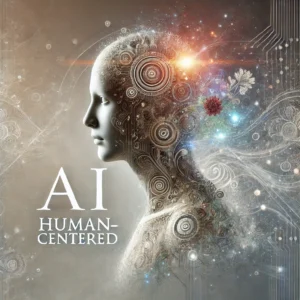
Artificial intelligence (AI) has the potential to revolutionize numerous industries and aspects of life, but it’s not without its flaws. One of the most pressing concerns is AI bias and discrimination. In this article, we’ll explore the sources of AI bias, its consequences, and strategies for addressing these issues.
Sources of AI Bias
AI bias can arise from:
Biased data: AI systems learn from data, and if that data is biased, the AI will be too.
Algorithmic flaws: AI algorithms can be designed with biases or flaws that perpetuate discrimination.
Lack of diversity: Homogeneous development teams can lead to AI systems that neglect diverse perspectives.
Consequences of AI Bias
AI bias can result in:
Discrimination: AI systems can perpetuate existing biases, leading to unfair outcomes and discrimination.
Inaccurate results: Biased AI systems can produce inaccurate results, undermining trust and reliability.
Social harm: AI bias can exacerbate social inequalities and perpetuate harm.
Addressing AI Bias
To address AI bias, consider the following strategies:
Data curation: Ensure data is diverse, representative, and free from bias.
Algorithmic auditing: Regularly audit AI algorithms for bias and flaws.
Diverse development teams: Encourage diverse perspectives and expertise in AI development.
Fairness metrics: Establish metrics to measure AI fairness and accountability.
AI bias and discrimination are critical issues that require attention and action. By understanding the sources of AI bias and implementing strategies to address them, we can develop AI systems that are fair, transparent, and beneficial to all. Remember, AI is a tool – it’s up to us to use it responsibly and ethically.

